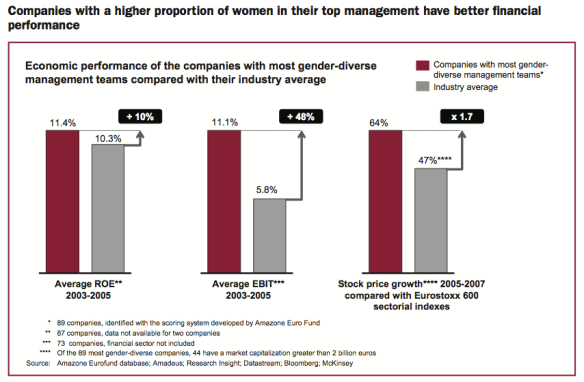 Once in a while it happens, you meet a CEO that blows you away. Azhar Ali Syed, the departing Managing Director of Tetra Pak Pakistan is such a leader. He is not your stereotypical CEO. No, just someone that delivers outrageous results, develops and stands by his people, is as demanding on himself as he is to others and above all is an example of integrity and professionalism.
Once in a while it happens, you meet a CEO that blows you away. Azhar Ali Syed, the departing Managing Director of Tetra Pak Pakistan is such a leader. He is not your stereotypical CEO. No, just someone that delivers outrageous results, develops and stands by his people, is as demanding on himself as he is to others and above all is an example of integrity and professionalism.
Over the last 5 years he has truly transformed Tetra Pak Pakistan. He not only convinced his global board to invest USD 120 million to build a state of the art manufacturing facility in Pakistan, but then his team went on to set the record for the best ‘factory start up’ in Tetra Pak’s history, by having their facility built within the limits of time and budget. They did this not by a small margin, no, they out did the previous Tetra Pak record by a whopping 250%.
When asked, Azhar identifies building partnerships as probably the most important element to Tetra Pak’s success. According to him successful business partnerships are all about:
(1) co-creating a shared vision
(2) understanding each others perspective and
(3) delivering win-win results.
Being born out of a very successful partnership between Tetra Pak and Packages, collaboration comes naturally.
His methods work, as the results speak for themselves. They have doubled their business in the last 5 years and their customers love them (97% of their customers are ‘truly loyal’ – according to an external customer satisfaction survey). Now they want to take this partnership to the next level. They are talking to their customers to help them develop their strategy by creating a joint future and working on the essence of a partnership; that way both sides win.
Investing in relations never ends. As Azhar says, “If you want to go fast go alone, if you want to go far go together”. He is now going to join a growing number of Pakistani Tetra Pak expats who are working across the world.
Azhar is a great example of the talent that Pakistan has to offer.
– Paul Keijzer





